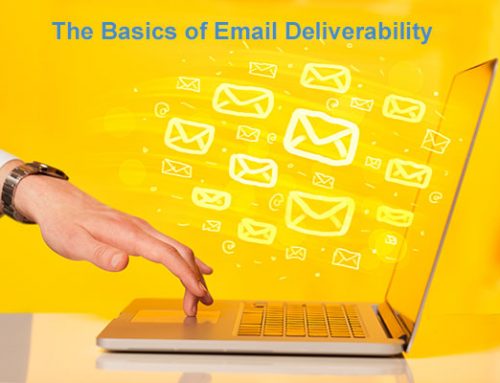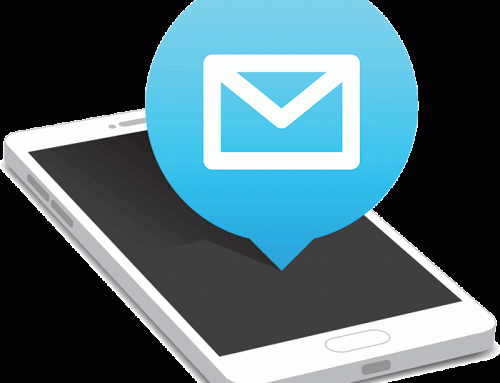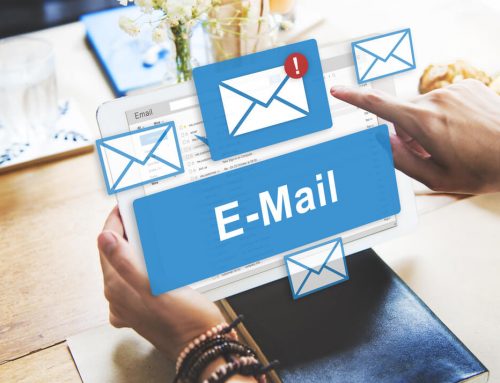If brilliant creative is the art of marketing, then testing is the science. It’s the essential ingredient that determines the perfect combination to deliver the right message to the right audience at the right time.
Through testing you’re able to tune your message to the proper channel, which in turn leads to stronger brand identity, greater relevance, and better customization. When you speak your customer’s language, you’re more likely to receive a positive response, whether you’re asking them to buy or simply convincing them to share their email address or open your email.
The number of elements you can test is far greater than even a comprehensive list could name. However, years of testing have shown that the following factors have the greatest influence:
- Price – Other than the email list you use, price can have the greatest overall impact on your results.
- Subject Line – The first thing your email recipients see, your subject line can be tremendously influential for open rates.
- “From” Name – Readers use the “from” name on email to screen what they open in the same way they use Caller ID to screen their phone calls.
- Day of the Week – You probably don’t follow the same routine on a Monday as you do on a Friday, and neither do your prospects.
By multivariate testing with mailings, you can find the days on which your audience is most receptive.
- Time of Day – Do your email messages perform better when your customers see them first thing in the morning, just after lunch or in the evening?
- Frequency – The right email marketing strategy hits the sweet spot of contacting customers enough to remain in their minds but not enough to be perceived as spam.
- Image-Rich versus Text-Rich Mail – Are your prospects interested in reading your message, or are they primarily visual? Do your products lend themselves to descriptive features or appealing images?
- Short versus Long Copy – Longer emails aren’t always more effective. Some recipients respond best to short, to-the-point messages; others prefer a more detailed explanation of features and benefits.
- Image Size – For products that have intricate details or plenty of visual appeal, a picture may be worth a thousand words.
- Links versus Buttons – Buttons are easier to see, but links are embedded within copy that puts them into context. Which is best for your prospects? Test and find out!
- Number of Links – Ideally, your email should make it as easy as possible for the recipient to take action, and one way to ensure that is to provide plentiful links. Too many links, however, can overwhelm the page and resemble spam, so knowing where to draw the line is key.
- Unsubscribe Message Placement – Where and how this link appears can influence readers’ decisions. We recommend placing the unsubscribe message at the bottom of the page.
- Subject Line Personalization – In some industries, placing the recipient’s name in the subject line is an eye-catching way to differentiate your message from the rest of in-box contents.
- Email Body Personalization – Less controversial than subject line personalization, using a recipient’s name in an email salutation is usually the way to go.
- Font Colors – Legibility, brand identity and visual appeal all get a boost when you choose your font colors well.
- Font Styles – As with colors, font styles influence readers’ perceptions of the message. Clean-lined, sans-serif fonts look crisp for tech and IT industry emails. Times New Roman and traditional serif fonts fit businesses that want to convey stability.
- Opt-Down Possibilities – The unsubscribe option doesn’t have to be the only action your email recipients can take. With opt-down controls on your preference page, subscribers can choose to throttle the flow of information to a level they find comfortable without having to opt-out.
- Social Sharing Icons – Where do your email recipients share the information you send them? With multivariate testing of social sharing icons, you can learn how email interacts with the rest of your marketing strategy by including social-sharing icons within the body of or below your message.
- Social Connection Icons –A/B testing lets you find out if a button or a link is the best way to encourage forwarding.
- Delivery by Time Zone –Email marketers can set email to be delivered at the right moment across any time zone for every member on your email list. For time-sensitive offers, taking time zones into account is especially important.
- Call to Action Quantity – For some messages, a single appearance of your call to action may be enough.
Other email campaigns do best when they offer multiple opportunities to act or express a single call to action in more than one way.
- Call to Action Placement – Calls to action most frequently appear near the end of your email copy, but many have found better success placing the CTA at the top of the page as well.
- Social Proof – Build positive publicity about your products and services, and you’ve won a major victory over your competition. When you use social proof in your emails via testimonials, links to glowing press releases or awards you’ve won, you give your readers a reason to sit up and take notice.
© Copyright 2019 Reach Marketing LLC


 By multivariate testing with mailings, you can find the days on which your audience is most receptive.
By multivariate testing with mailings, you can find the days on which your audience is most receptive. Other email campaigns do best when they offer multiple opportunities to act or express a single call to action in more than one way.
Other email campaigns do best when they offer multiple opportunities to act or express a single call to action in more than one way.



